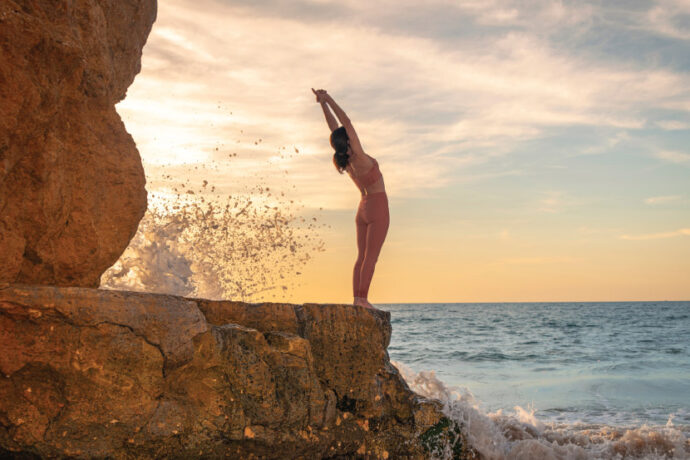
Embarking on a long-distance walk is a test of endurance, preparation, and spirit. Here’s how to get ready for the adventure.
What drives extensive walking treks, and how can we prepare for such a journey?
Whether plodding from Cape York to Wilsons Promontory or trekking across the wild mountains of Patagonia, someone will, at this very moment, decide to set out on an epic walk. The reasons for embarking on such expeditions are varied. Many do it to raise funds and awareness for a charity, some have a deep, spiritual calling to go on a pilgrimage, while others have a sense of adventure in their soul and enjoy the adrenaline rush that comes from challenge and uncertainty. For some, it’s the desire to see more of the world and gain the sense of satisfaction that comes from completing an epic journey.
How to prepare for a long-distance walk
A long-distance walk over an extended period of time is demanding, so it’s wise to start planning early. Here are a few things to consider before setting out:
Get fit for long walks
It’s helpful to get into training to cope with the physical and mental impact. Depending upon your level of fitness, start with shorter walks at a leisurely pace. As you find your stride and your stamina improves, go the extra distance, increase your pace, carry more weight in your backpack, and include more uphill and downhill routes. This will prepare you for walking over varied terrain in all weather and ensure your footwear (see below) is worn in and prepared for the main event.
What to pack for a walking trek
How much you take depends on your plans and the nature of the trip. If you have accommodation booked for overnight stays – or if it’s an organised trek with regular pit stops where guides provide food and a change of clothing – then a lightweight backpack will suffice. If you’re carrying your home on your back, you’ll need a heavy-duty backpack for a tent, sleeping bag, cooking utensils, clothing, first aid kit, toiletries, food, and drink.
Foot care tips for long walks
It’s vital that footwear is worn in and comfortable. This will help minimise the risk of developing injuries including pressure sores, blisters, and toenail bruising. Socks are just as important – opt for ones that are specifically designed for hiking or running. One tip is to try different pairs during training to work out which ones are best suited to your feet. Check your feet regularly at the end of each walking day. Keep your feet clean and dry and use your first aid kit to treat any sore spots as soon as you notice them.
How to plan a safe walking route
Whether you go solo or in a group, plan your route meticulously – especially if you’re passing through unfamiliar territory. Even with diligent logistical planning, there is never any certainty as to whether a chosen path is safe or passable. Make safety a top priority and ensure you have procedures in place should you encounter any difficulties. It’s a good idea to carry the contact numbers of local rescue services.


















